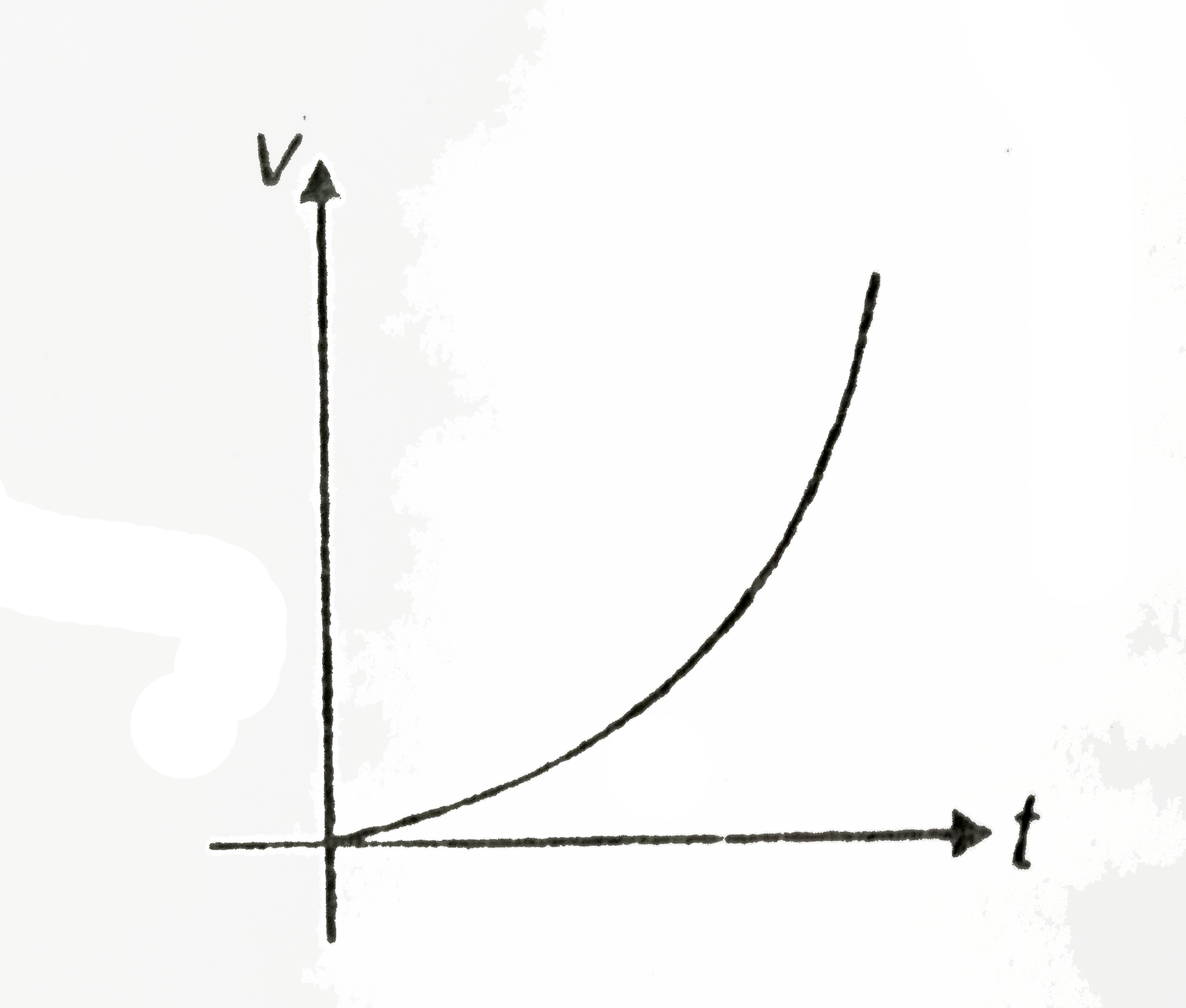The acceleration of a body in motion can be known from slope of
force-time graph
work-time graph
displacement-time graph
velocity-time graph
The correct Answer is:D
As we know, acceleration of a body in motion is change in velocity with time. So, it can be shown by velocity-time graph.
Similar Questions
Knowledge Check
The acceleration of a moving body can be found from
Aarea under velocity - time graphBarea under displacement - time graphCslope of distance - time graphDslope of velocity - time graphAssertion : The equation of motion can be applied only if acceleration is along the direction of velocity and is constant.
Reason : If the acceleration of a body is constant then its motion is known as uniform motion.AIf both assertion and reason are true and the reason is the correct explanation of the assertion.BIf both assertion and reason are true but reason is not the correct explanation of the assertion.CIf assertion is true but reason is false.DIf the assertion and reason both are false
1.The acceleration of a moving body can be found from (A) Area under velocity-time graph (B) Area under distance-time graph (C) Slope of the velocity-time graph (D) Slope of distance-time graph
View SolutionAcceleration of a body can be……. Only if…….
View Solution[" The acceleration of a "],[" moving body can be found "],[" from "],[" (A) Area under velocity - time graph "],[" (B) Area under distance - time graph "],[" (C) Slope of the velocity - time graph "],[" (D) Slope of distance - time graph "]
View SolutionGraphs are very useful to represent a physical situation. Various quantities can be easily represented on graphs and other quantites can be determined from the graph. For example the slope of velocity-time graph represents instantaneous acceleration. For a motion with constant acceleration slope of velocity-time graph is constant. If acceleration is changing with time, slope with change and thus velocity-time graph will be a non-linear curve. Further the area of velocity-time graph gives displacement.
The velocity-time graph for two objects P and Q are shown. The ratio of their respective acceleration is

View SolutionGraphs are very useful to represent a physical situation. Various quantities can be easily represented on graphs and other quantites can be determined from the graph. For example the slope of velocity-time graph represents instantaneous acceleration. For a motion with constant acceleration slope of velocity-time graph is constant. If acceleration is changing with time, slope with change and thus velocity-time graph will be a non-linear curve. Further the area of velocity-time graph gives displacement.
For the given velocity-time graph the possibly correct acceleration-time relationship is

View SolutionGraphs are very useful to represent a physical situation. Various quantities can be easily represented on graphs and other quantites can be determined from the graph. For example the slope of velocity-time graph represents instantaneous acceleration. For a motion with constant acceleration slope of velocity-time graph is constant. If acceleration is changing with time, slope with change and thus velocity-time graph will be a non-linear curve. Further the area of velocity-time graph gives displacement.
The velocity-time graph for two objects P and Q are shown. The ratio of their respective acceleration is

View Solution
